<figure>
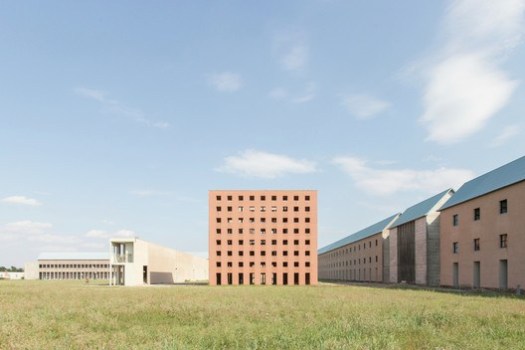 San Cataldo Cemetery. Image © Laurian Ghinitoiu
San Cataldo Cemetery. Image © Laurian Ghinitoiu
Ada Louise Huxtable once described him as “a poet who happens to be an architect.” Italian architect Aldo Rossi (3 May 1931 – 4 September 1997) was known for his drawings, urban theory, and for winning the Pritzker Prize in 1990. Rossi also directed the Venice Biennale in 1985 and 1986—one of only two people to have served as director twice.
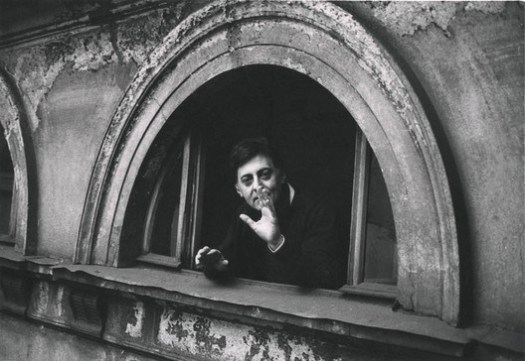 Image <a href='https://www.quodlibet.it/catalogo/autore/265/aldo-rossi'>via quodlibet.it</a>
Image <a href='https://www.quodlibet.it/catalogo/autore/265/aldo-rossi'>via quodlibet.it</a>
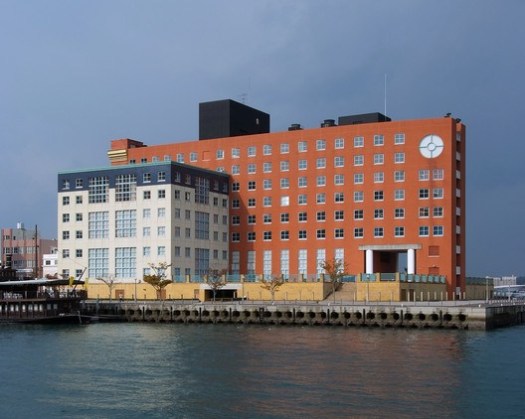 Mojiko Hotel. Image © <a href='https://commons.wikimedia.org/wiki/File%3AMojiko_Hotel.jpg'>Wikimedia user Wiiii</a> licensed under <a href='https://creativecommons.org/licenses/by-sa/3.0/deed.en'>CC BY-SA 3.0</a>
Mojiko Hotel. Image © <a href='https://commons.wikimedia.org/wiki/File%3AMojiko_Hotel.jpg'>Wikimedia user Wiiii</a> licensed under <a href='https://creativecommons.org/licenses/by-sa/3.0/deed.en'>CC BY-SA 3.0</a>
Rossi is most appreciated for his contributions to architectural theory, which evolved from a wide range of influences: from architect and theorist Adolf Loos, to early Italian modernism, to surrealist painter Giorgio de Chirico. He rose to prominence in the mid-1950s through his contributions to the highly-respected Italian architecture magazine Casabella. He later

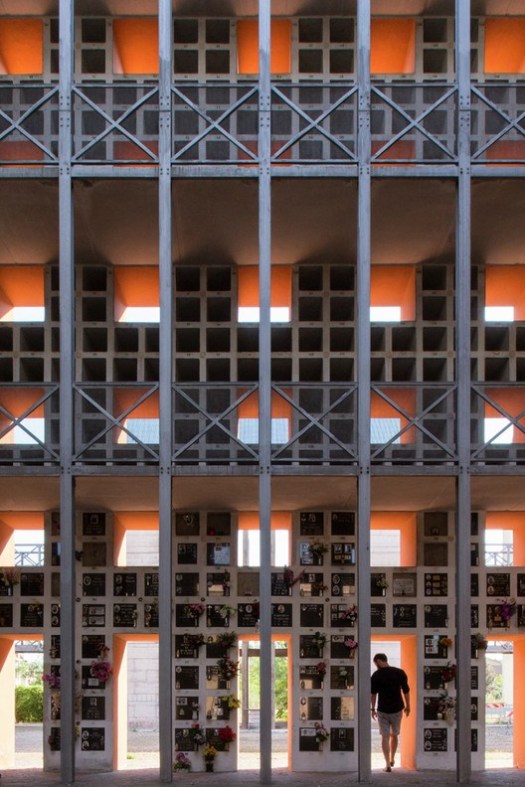
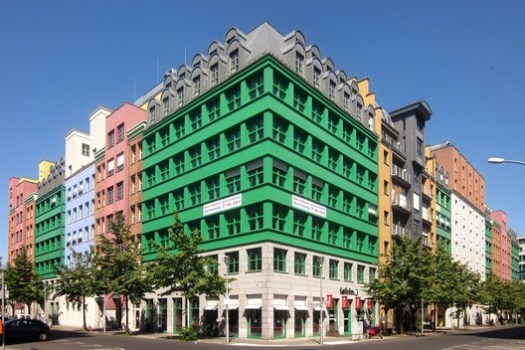


 Gallaratese Quarter / Aldo Rossi & Carlo Aymonino. Image © Gili Merin
Gallaratese Quarter / Aldo Rossi & Carlo Aymonino. Image © Gili Merin
 San Cataldo Cemetery. Image © Laurian Ghinitoiu
San Cataldo Cemetery. Image © Laurian Ghinitoiu
His book, L'architettura della città (The Architecture of the City), is to this day considered a pioneering work in urban theory. The book argues that architects should be sensitive to urban/cultural context, making use of historical design precedent rather than trying to reinvent typologies. In practice, Rossi was unquestionably the master of his own theoretical approach, as evidenced by one of his most famous works, the San Cataldo Cemetery in Modena.
 Quartier Schützenstrasse. Image © <a href='https://commons.wikimedia.org/wiki/File%3ABerlin%2C_Mitte%2C_Zimmerstrasse_68-69%2C_Quartier_Schuetzenstrasse.jpg'>Wikimedia user Jörg Zägel</a> licensed under <a href='https://creativecommons.org/licenses/by-sa/3.0/deed.en'>CC BY-SA 3.0</a>
Quartier Schützenstrasse. Image © <a href='https://commons.wikimedia.org/wiki/File%3ABerlin%2C_Mitte%2C_Zimmerstrasse_68-69%2C_Quartier_Schuetzenstrasse.jpg'>Wikimedia user Jörg Zägel</a> licensed under <a href='https://creativecommons.org/licenses/by-sa/3.0/deed.en'>CC BY-SA 3.0</a>
His legacy is still alive in Italy and around the world. In fact, Italian firm San Rocco, which in 2013 was named Icon Magazine's Emerging Architecture Firm of the Year, is named after an unbuilt housing project by Rossi.
 Bonnefantenmuseum. Image © James Taylor-Foster
Bonnefantenmuseum. Image © James Taylor-Foster
 Bonnefantenmuseum. Image © James Taylor-Foster
Bonnefantenmuseum. Image © James Taylor-Foster
Find out more about Rossi's works featured on ArchDaily via the thumbnails below:
<img src="http://feeds.feedburner.com/~r/ArchDaily/~4/P5TPC10oHgQ" height="1" width="1" alt=""/>
